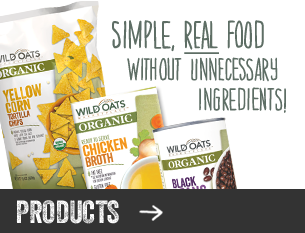To the chagrin of some dentists, evidence continues to mount that sodium fluoride isn’t something to smile about. In fact, it could actually be one of the biggest health risks of our time. In recent years, organizations like the Fluoride Action Network (FAN) have attempted to broaden awareness about the toxicity of fluoride and provide comprehensive and up-to-date information about its effects. And it’s not FAN that thinks so. Sources such as Natural News, Prevention Magazine and even the Wall Street Journal have all questioned the merits of the fluoridation of drinking water. So is Fluoride really bad for you and why is it being added to our water?
The story begins as many stories do when well-meaning folks try to mimic something in nature and it goes astray. Way back when, people recognized the positive effects of calcium fluoride in drinking water and wanted to replicate it. Thus, Grand Rapids, MI, began adding sodium fluoride — a less expensive version of calcium fluoride — to its water supply in 1945. The key difference being that calcium fluoride is naturally occurring and sodium fluoride is not. Not to mention that sodium fluoride is a synthetic waste product of the nuclear industry and often contaminated with lead, aluminum and cadmium.
For decades after sodium fluoride was first introduced, it became synonymous with bright, vibrant smiles. That was until reports started to surface that stated otherwise. For instance, a National Research Council (NRC) panel of dentists, toxicologist and epidemiologists determined that fluoride levels in drinking water are too high and might actually damage teeth (isn’t that ironic). Disturbing reports out of India revealed that children have been crippled and even blinded after fluoride was added to their drinking water.
Fluoride has also been cited for causing depression, creating liver and kidney damage, weakening the immune system and even promoting cancer and Alzheimer’s disease. However, even as more detrimental evidence comes to light, many are still convinced of the benefits of sodium fluoride, which is slowing any widespread call for removal.
What can I do to protect myself from sodium fluoride?
Thankfully, if you are concerned about excessive fluoride exposure there are many strategies you can take to lessen your risk. Beyond opting for a fluoride-free toothpaste, you can find other easy tools to avoid it and/or help alleviate its potential ill effects. Iodine and lecithin and careful cleansing of the liver have been touted for helping the body extract fluorides. AquaLiv, a revolutionary water filtration system is one of the only water filtrating systems available today that safely removes fluoride without stripping water of its nutrients.


 Contact us
Contact us





